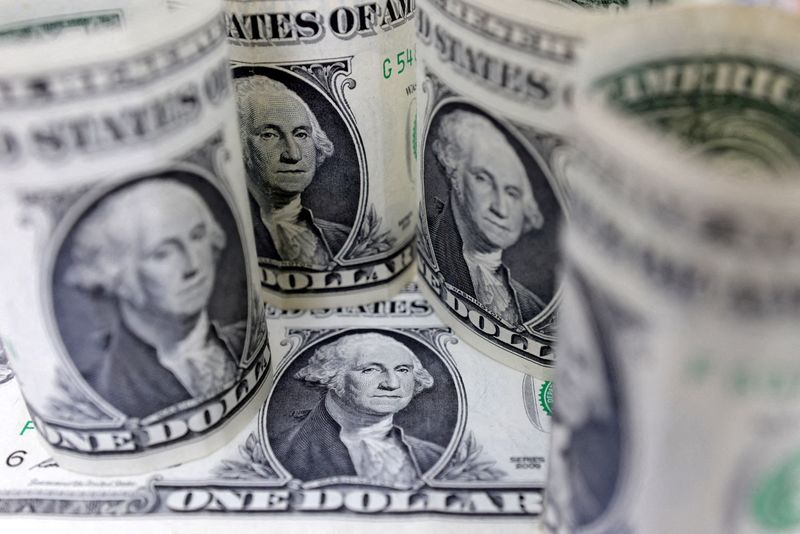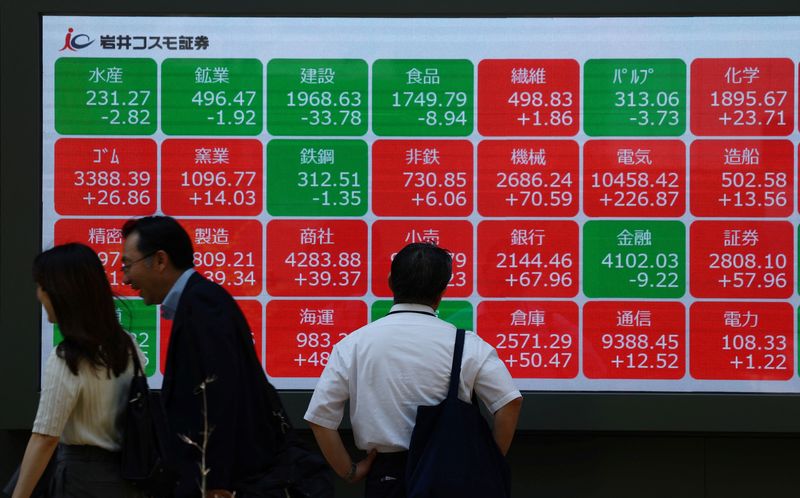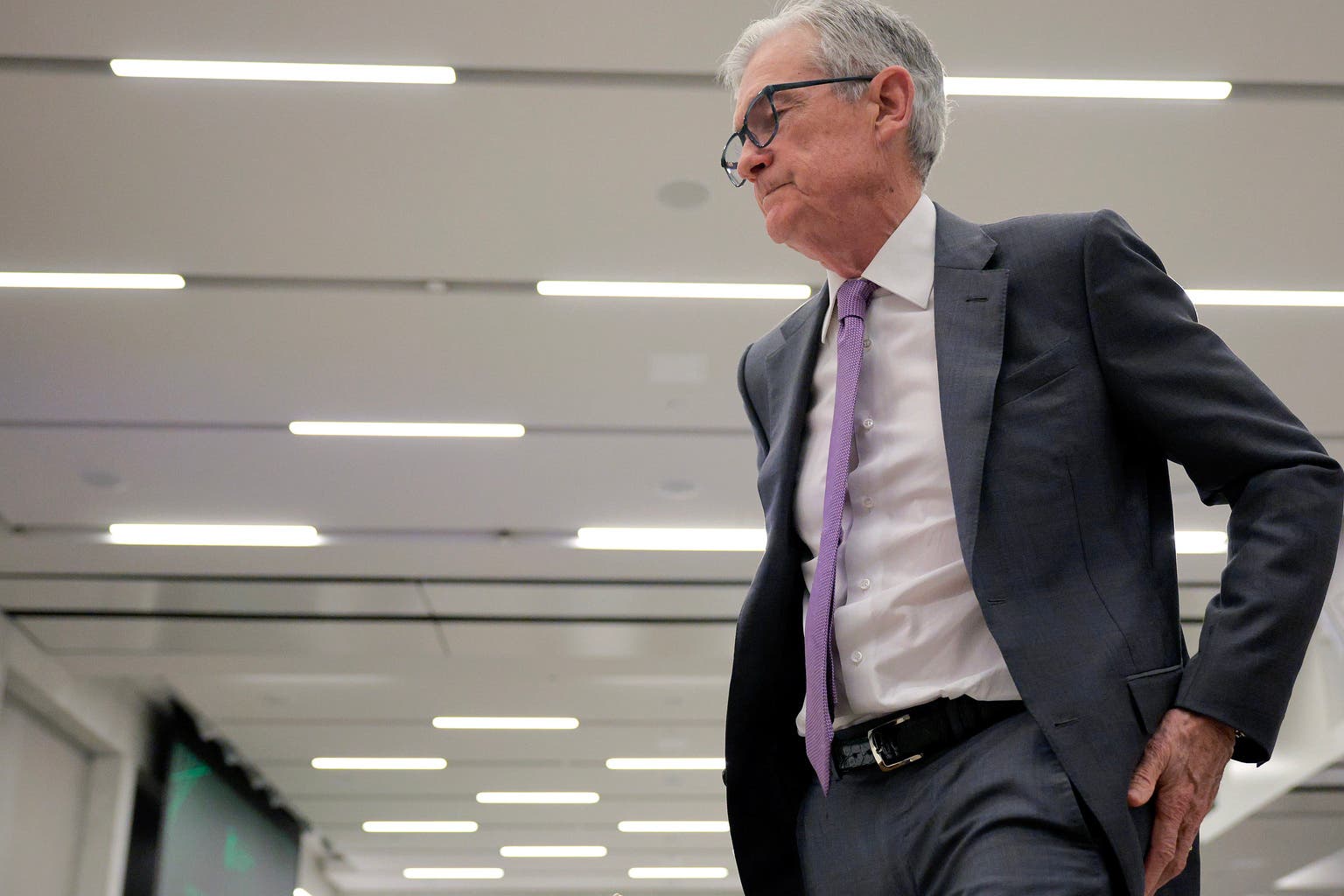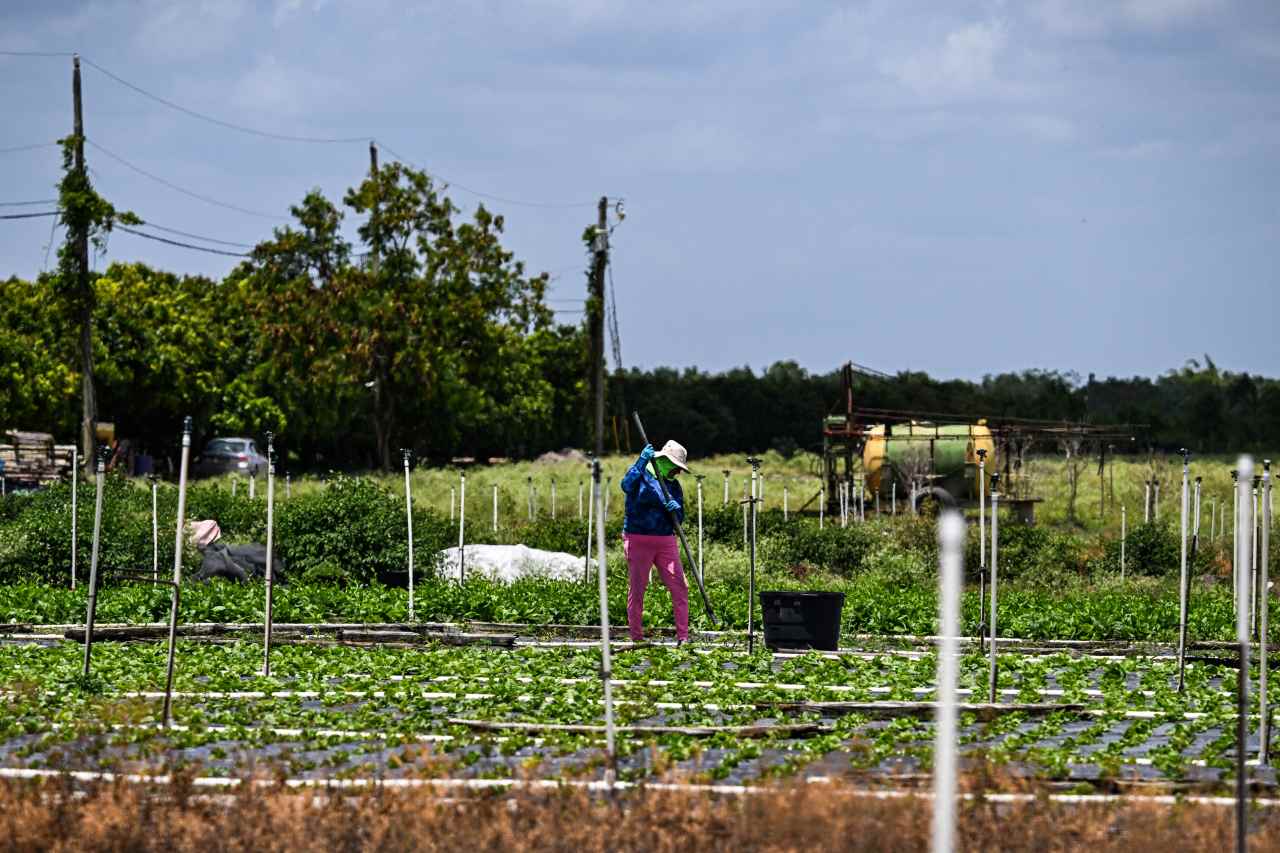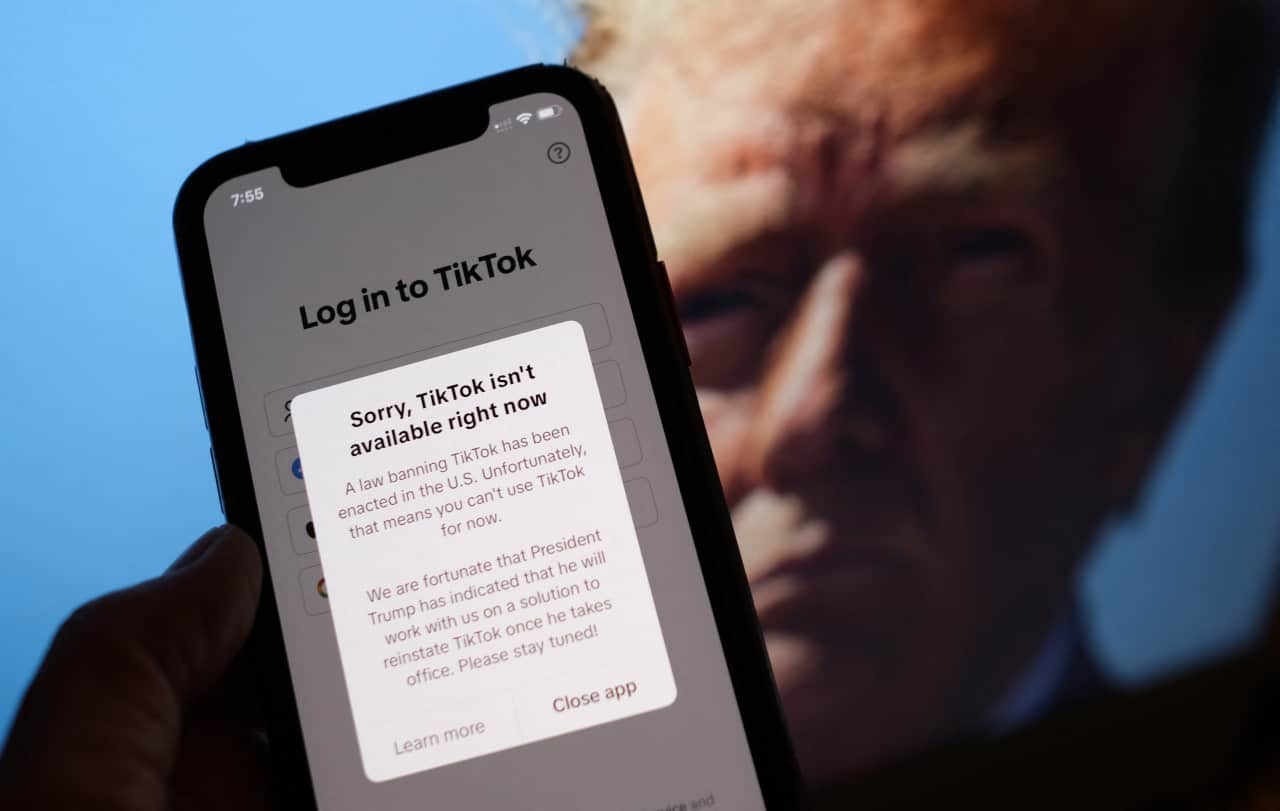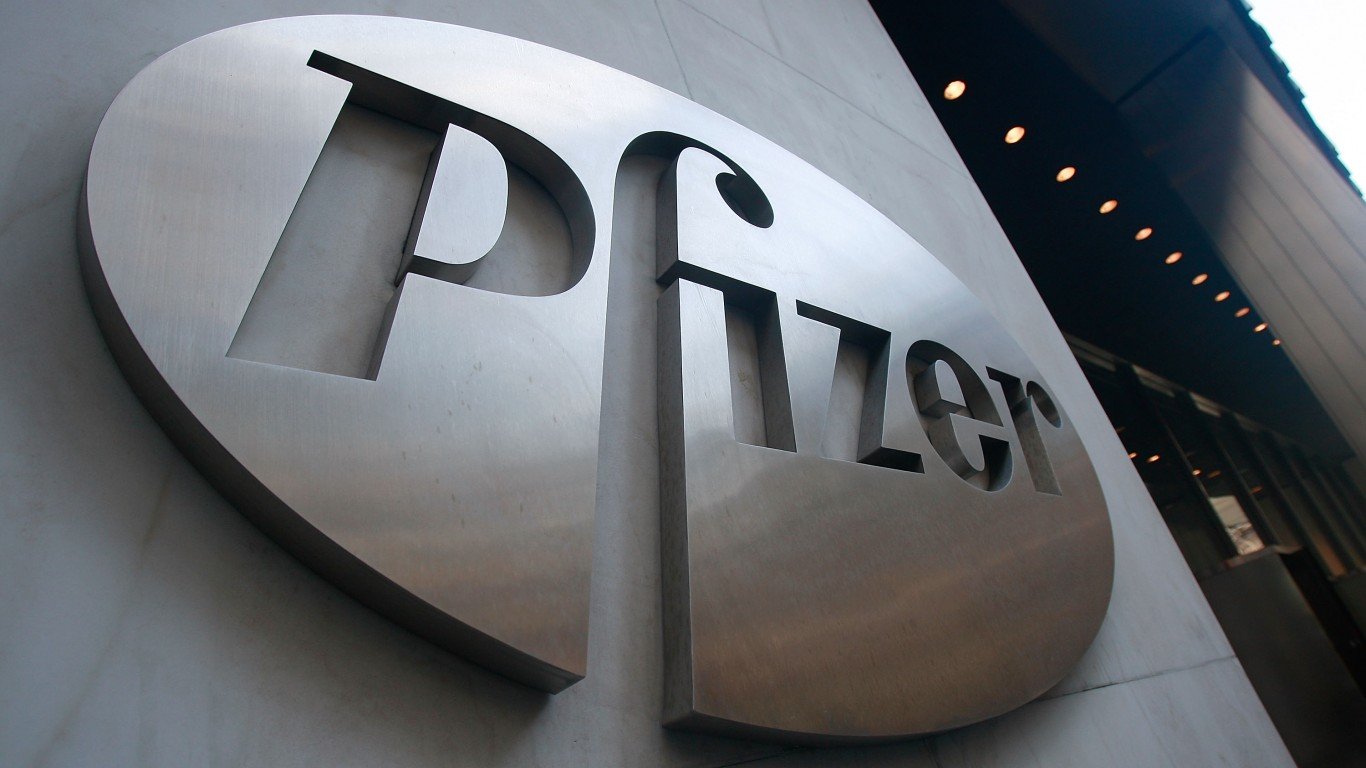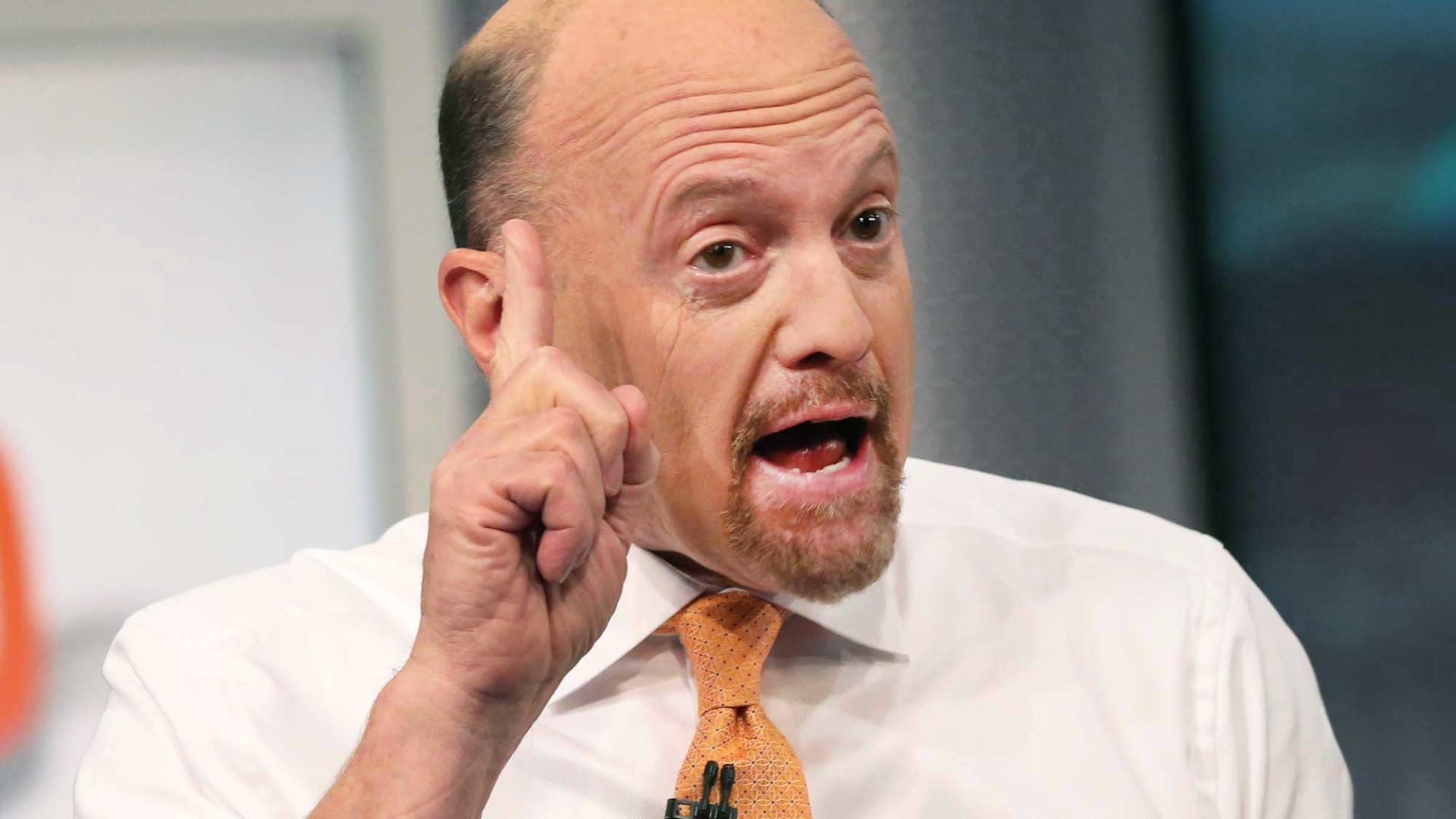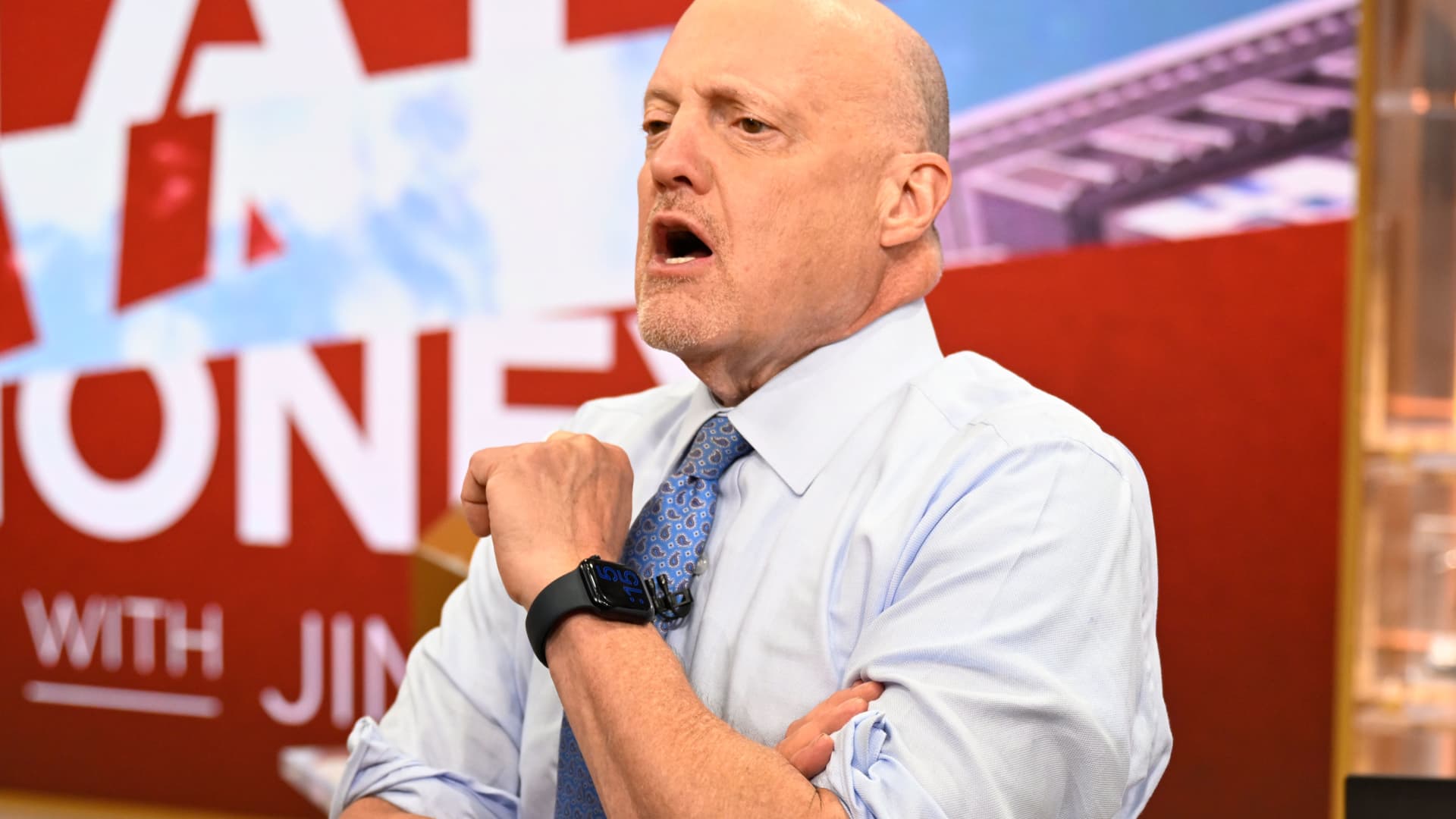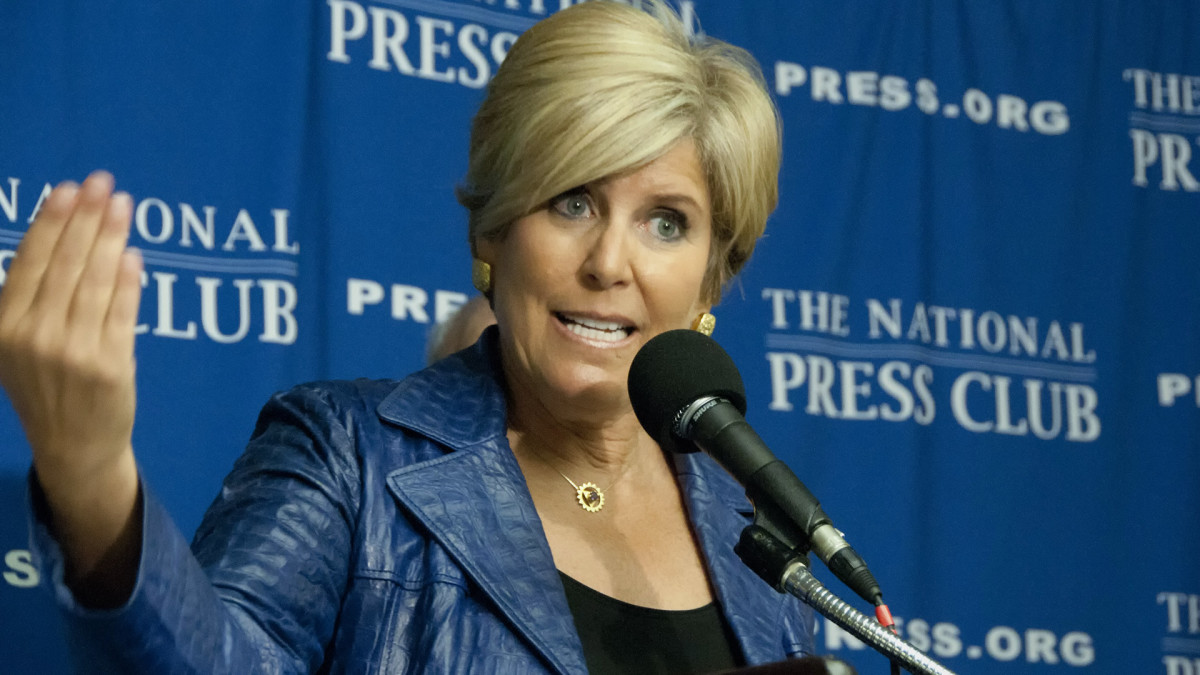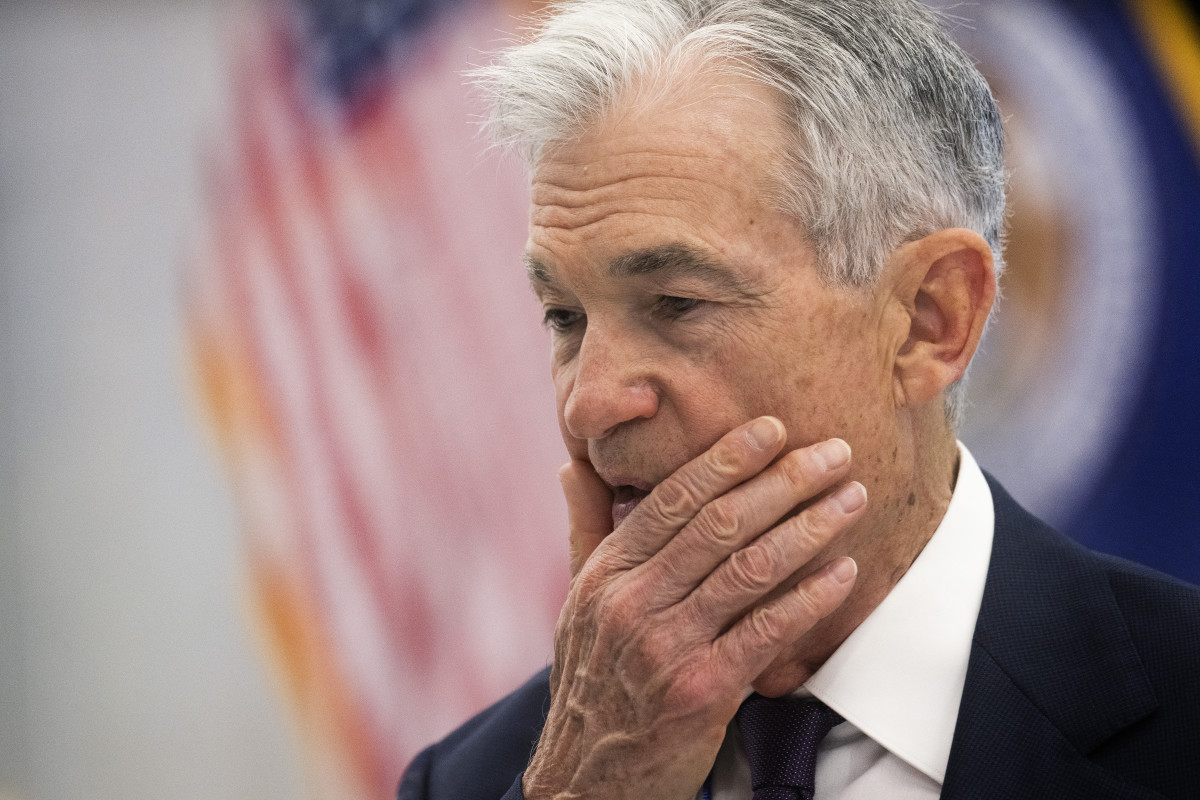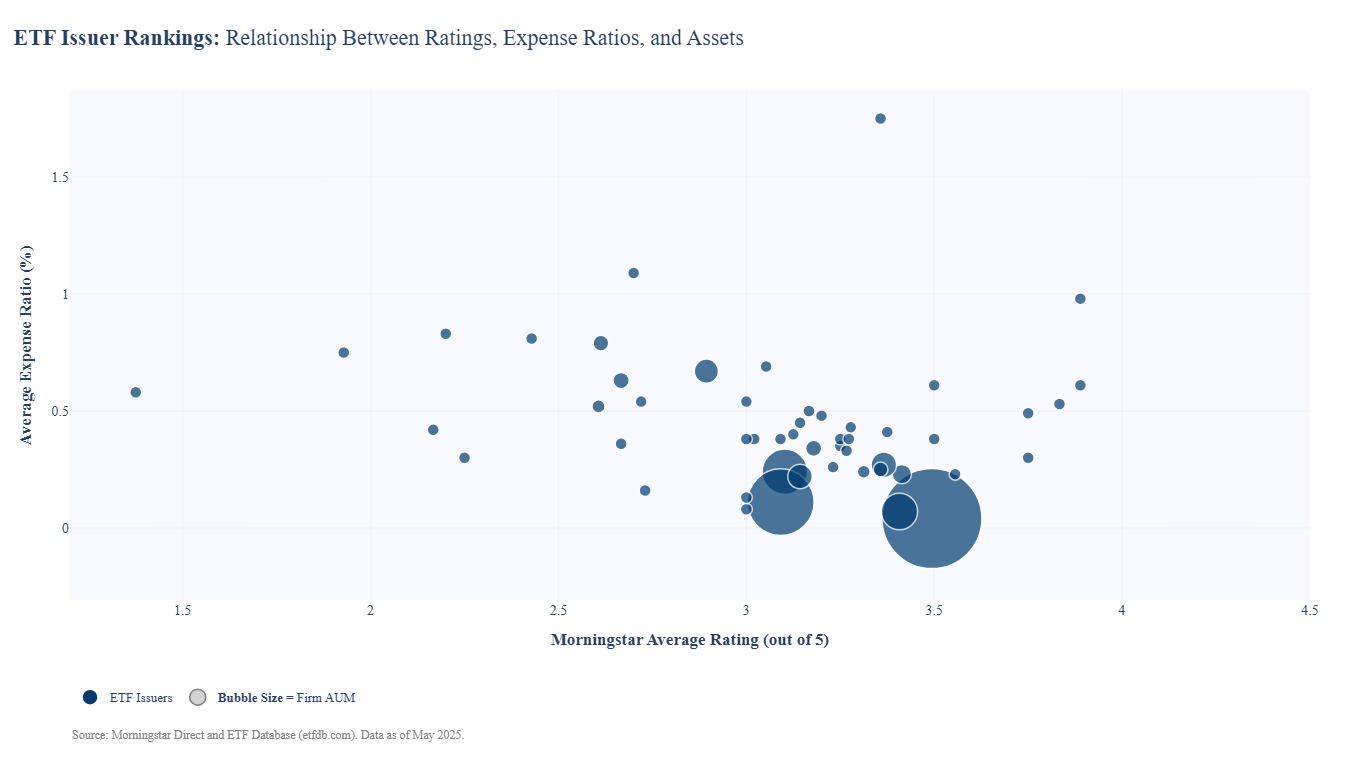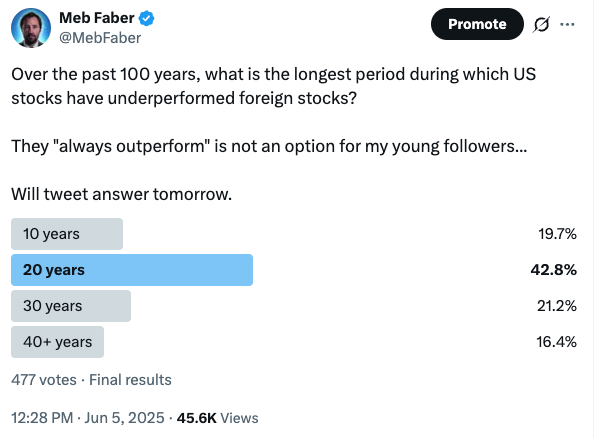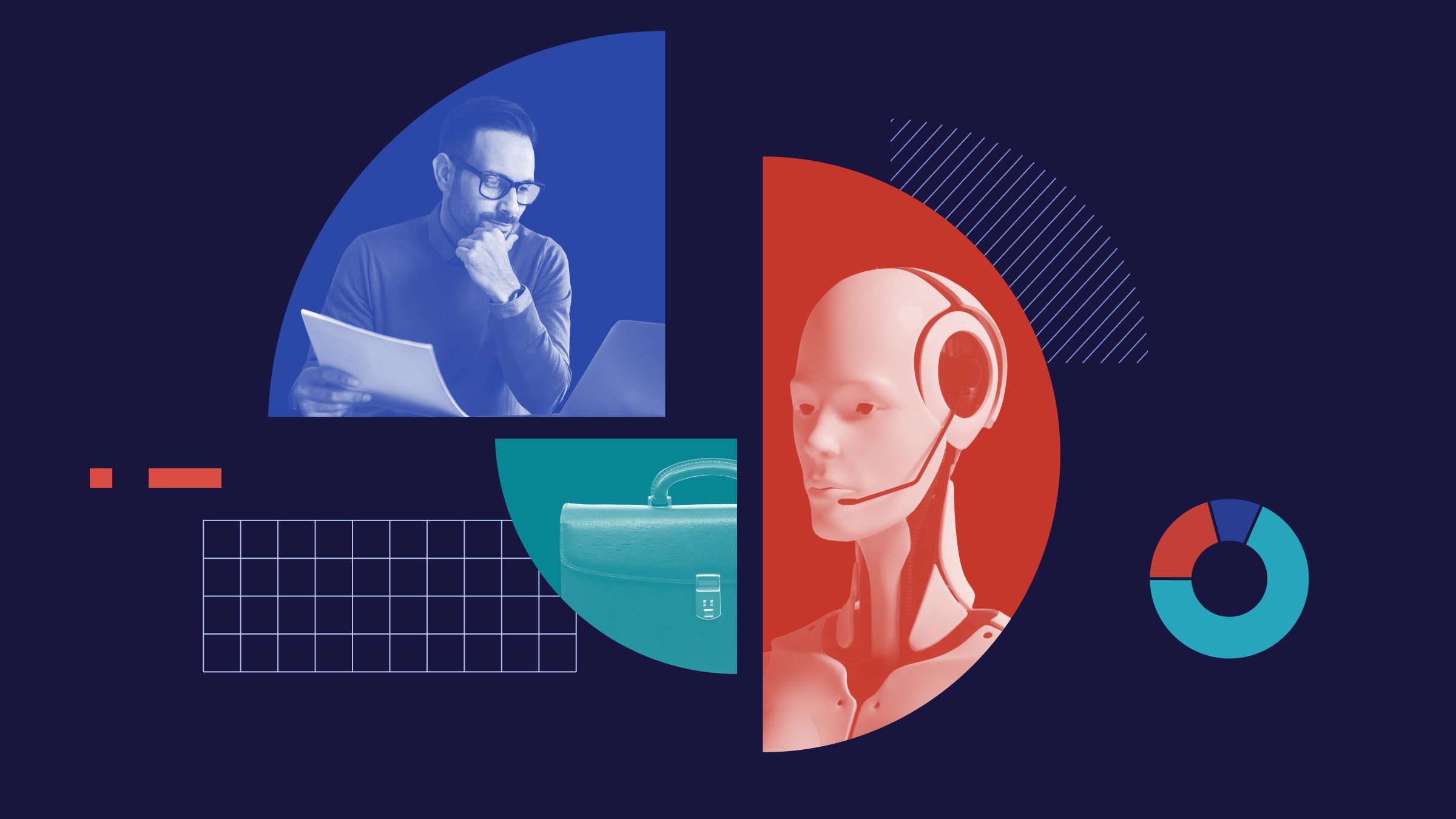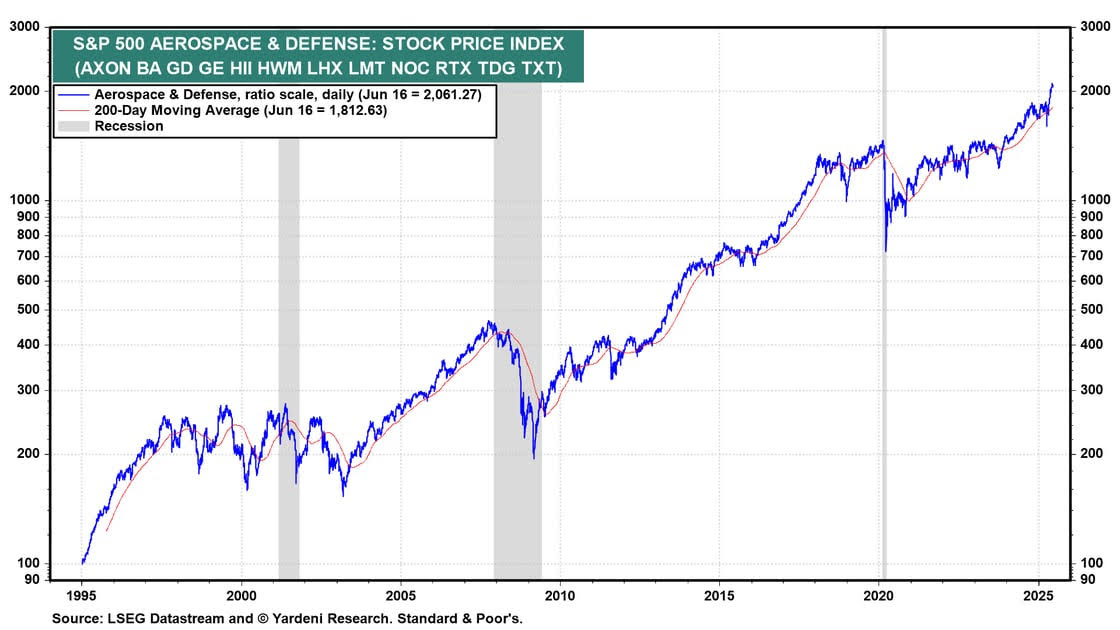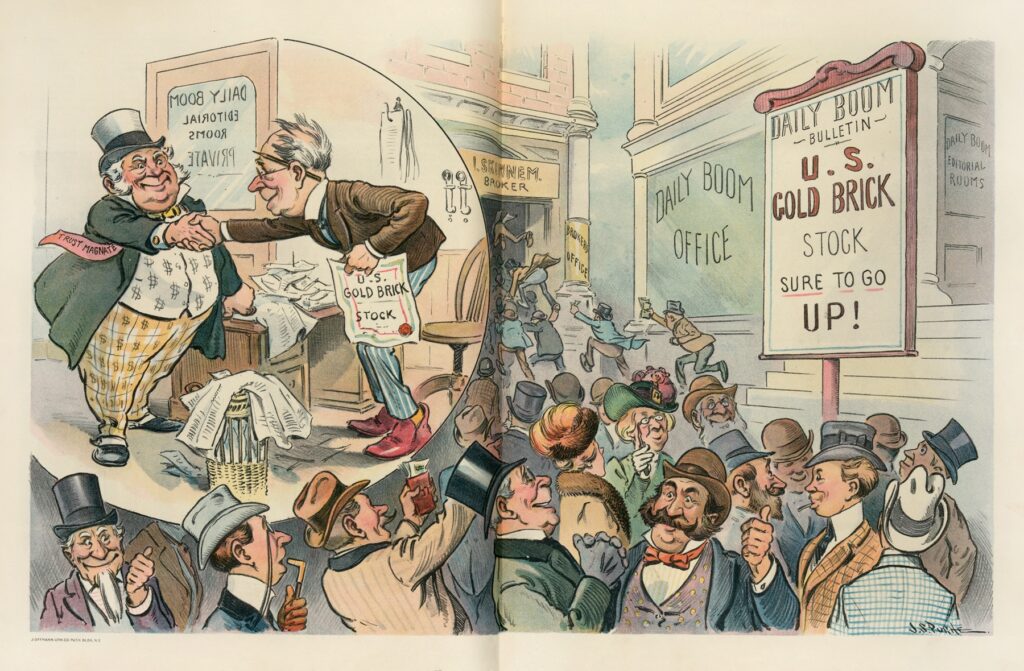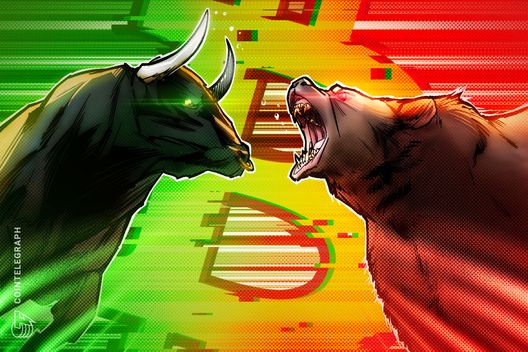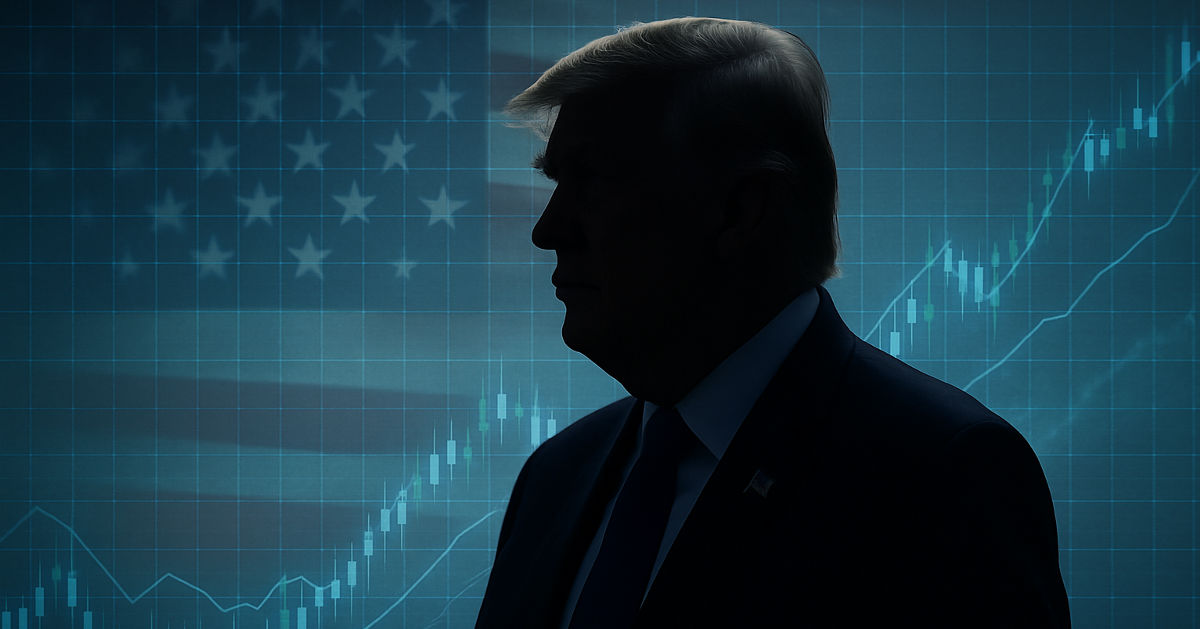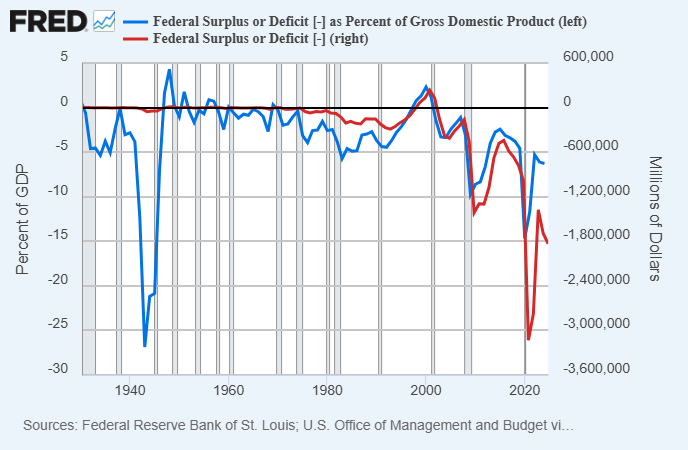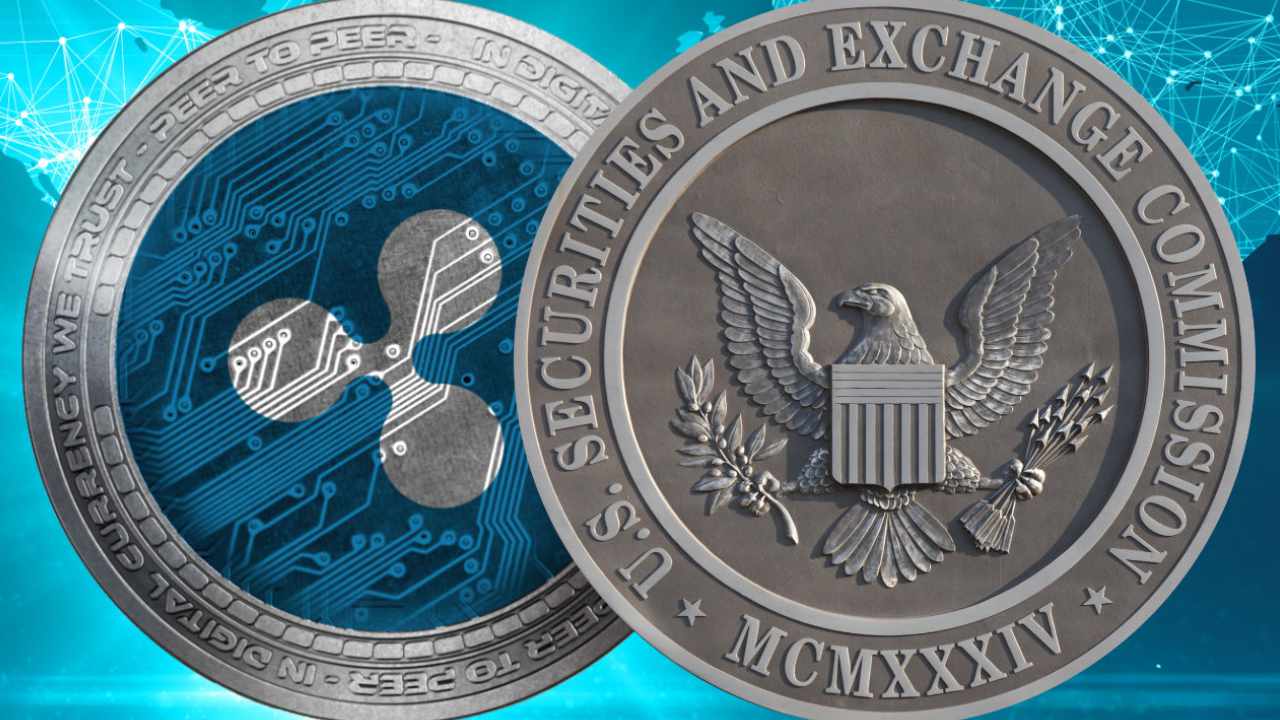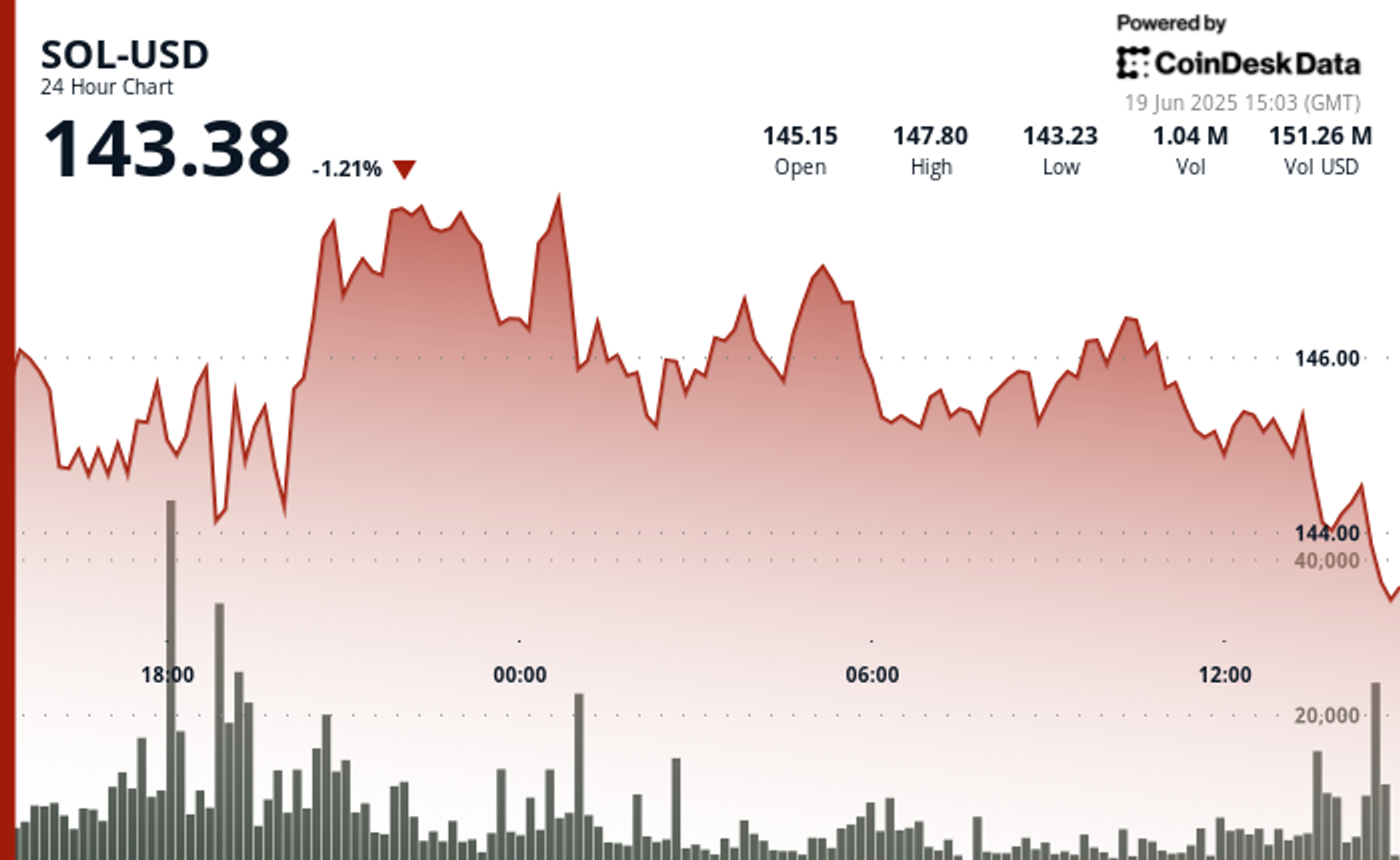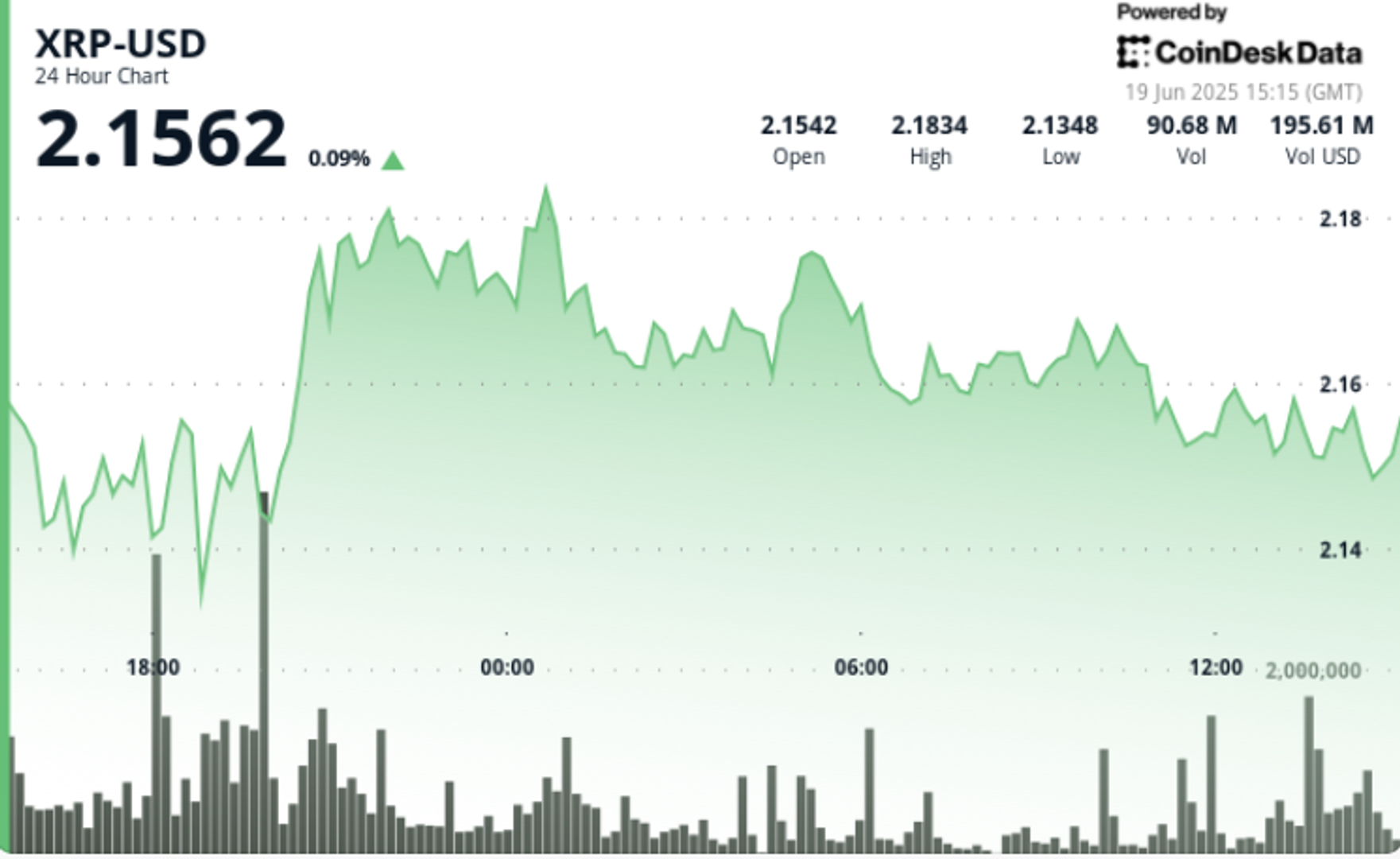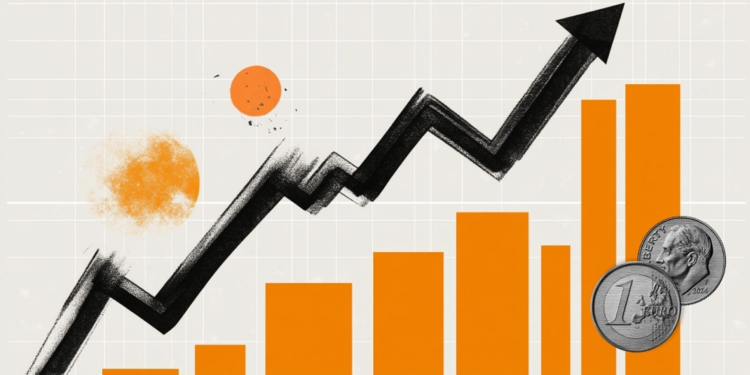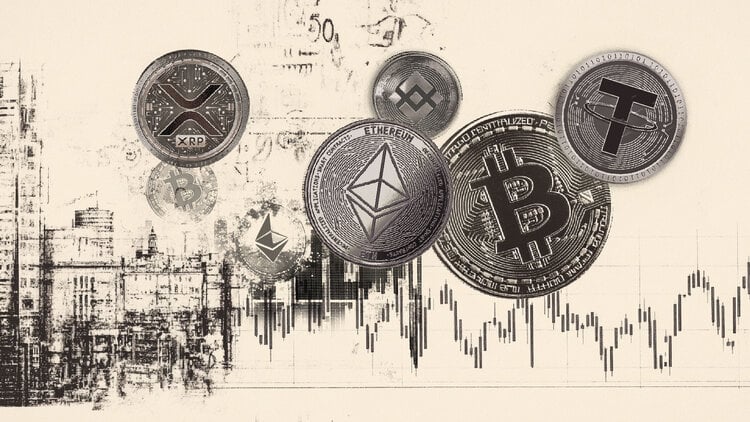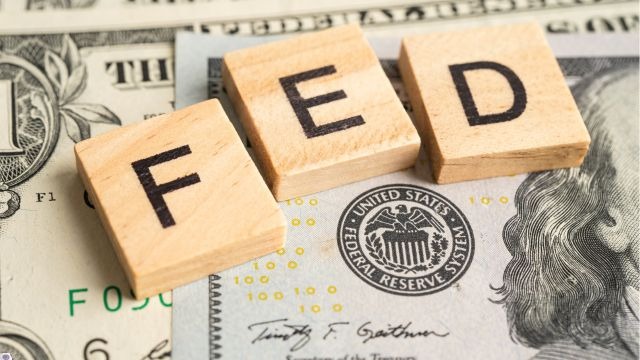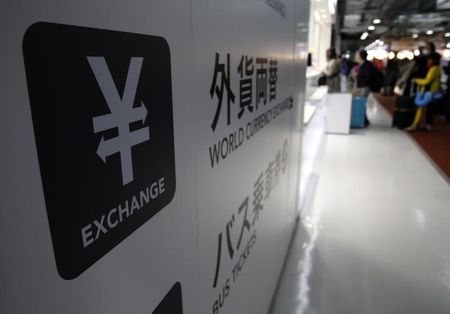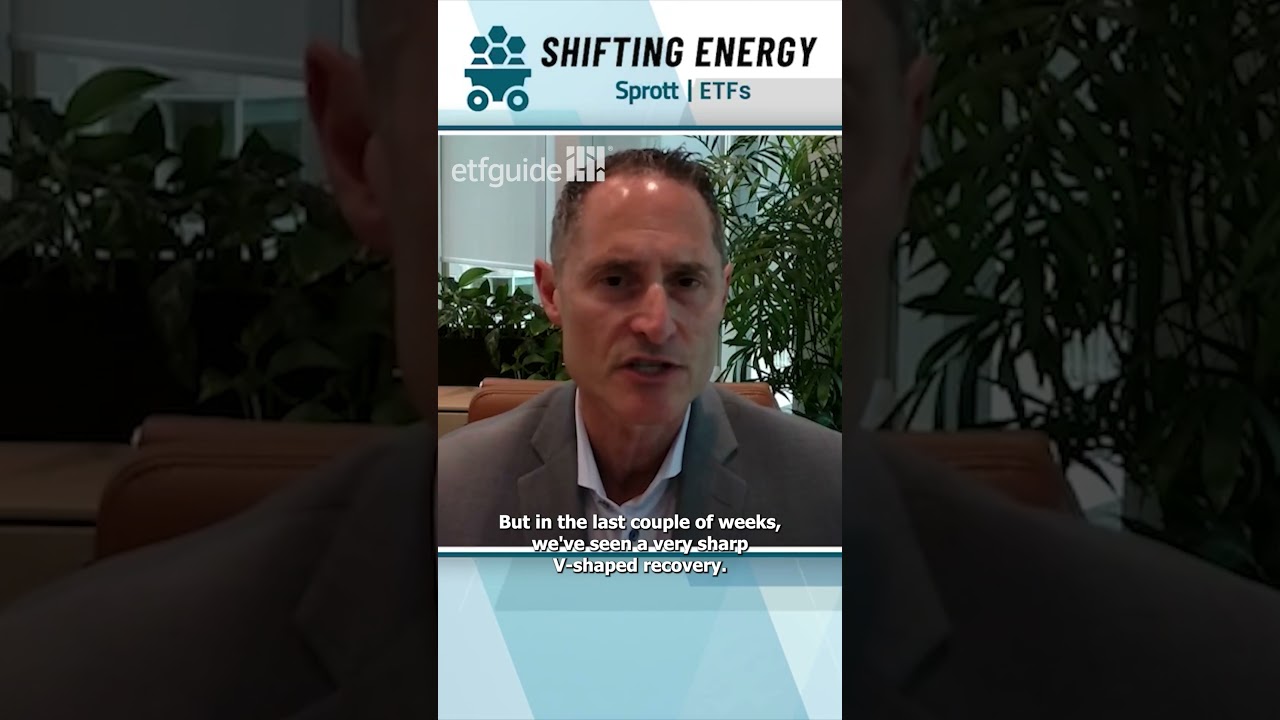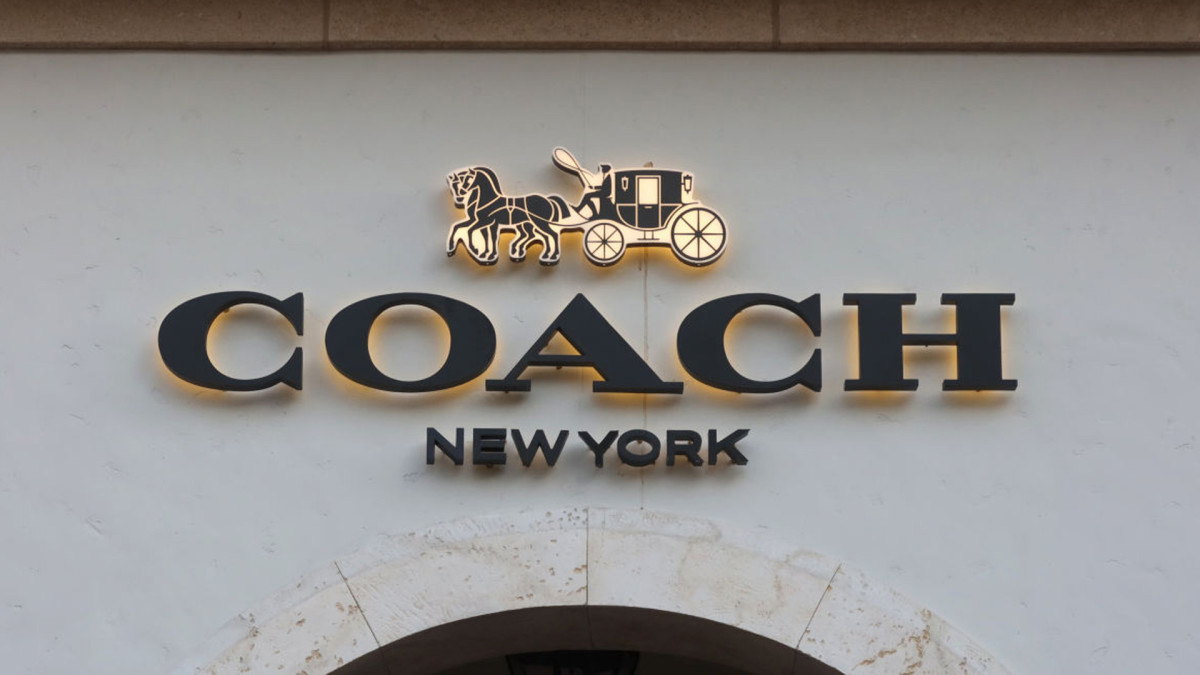Car buyers, dealers are both shocked by latest price trends
Tariffs are starting to take effect on both car dealers and car buyers.
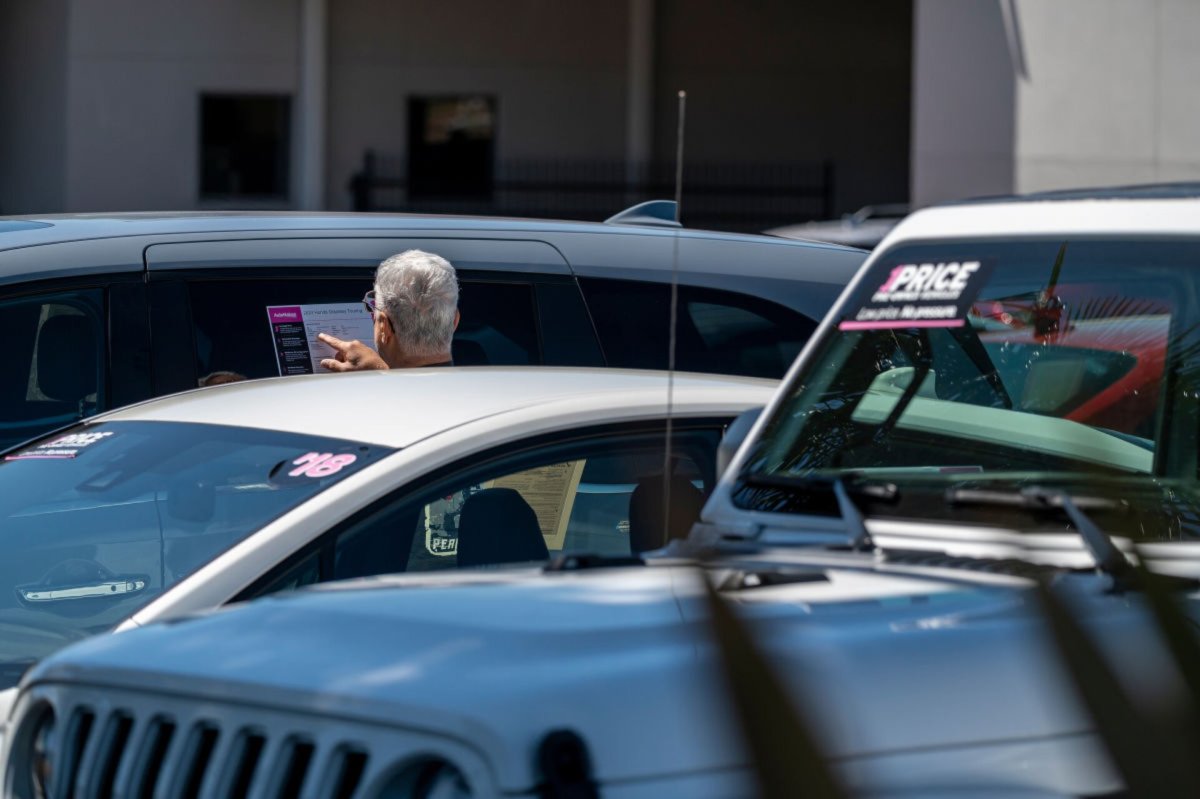
Tariffs have been on car buyers' minds as they've headed to lots around the country.
The threat of paying an import tax on our favorite Toyotas, Hyundais and Land Rovers has motivated buyers in a way the car industry hasn't seen in years.
Auto dealers' customer traffic index rose to 37 from 33 in Q1 last year. Franchised dealers reported a 10-point increase in in-person visits, the largest increase since the metric was introduced in Q3 2022, according to Cox Automotive.
Related: Popular Ford newcomer overtakes Jeep in a key area
“People are buying cars because they think tariffs are coming,” one Mazda dealer said.
“The U.S. economy remains fundamentally strong, but the recent tariffs have had a swift and measurable impact on vehicle affordability,” said Cox Automotive Chief Economist Jonathan Smoke.
During the first part of the year, auto dealers offered incentives to get people through the doors, leading to new vehicle affordability improving to its best level in nearly four years in March.
The average price of new vehicles decreased by 0.2% in the month, according to Kelley Blue Book. The average auto payment also fell by 0.2% to $739 per month, a 1.3% decline year over year, and the median weeks of income needed to purchase the average new vehicle fell to 36.7 weeks from a downwardly revised median of 36.9 weeks in February.
But new data suggests that the good times are coming to an end. Image source: Getty Images
New vehicles are about to get a lot less affordable
Pricing trends are going the wrong way for car buyers, according to new data from the Cox Automotive/Moody’s Analytics Vehicle Affordability Index,
After reaching the lowest affordability point of the year in April, the index “essentially flatlined“at that level in May.
“The forces that typically drive improvement – like incentives and income growth – have been neutralized by stubbornly high interest rates and stagnant prices,“ Smoke said.
“Without meaningful gains in wages and further easing of rates, we’re likely to see affordability limit demand as we move into the summer months.”
Related: Ford CEO Jim Farley has a strong take on tariffs
The estimated average auto loan rate rose by 9 basis points in May to 9.88%, but it was still lower year over year by 77 basis points. Income growth was also strong in the month at 3.4% year over year.
The average payment increased 0.2% to $756, marking the highest monthly payment since December, despite a 1.1% decline year over year. The average monthly payment peaked at $795 in December 2022.
The number of median weeks of income needed to purchase the average new vehicle held steady at 37.4 weeks.
Last year, it took 39 weeks of median income to purchase the average new vehicle, even though prices were 1% lower because interest rates were higher.
American finances are on the line when it comes to buying cars
Due to the uncertainty surrounding President Donald Trump's trade war, dealers have increased incentives to combat consumer sentiment, which has been in the tank since Trump took office.
Nearly half of American drivers cite car expenses as the reason they can't save any money, and the average American spends about 20% of their monthly income on auto loans, fuel, insurance, and maintenance.
Most financial experts cap the monthly income you should spend on a vehicle at 15%.
According to a MarketWatch Guides survey, about 10% of drivers say they spend 30% of their monthly income on driving, while another 12% said they "found themselves living paycheck to paycheck due to the financial strain of their cars."
Related: Car buyers notice a disturbing trend at the car lot

